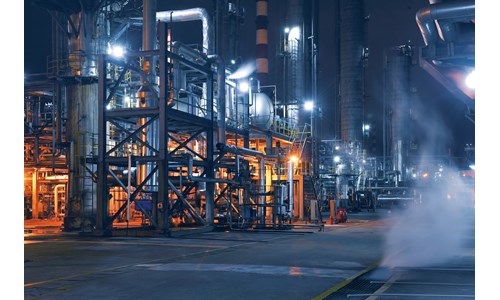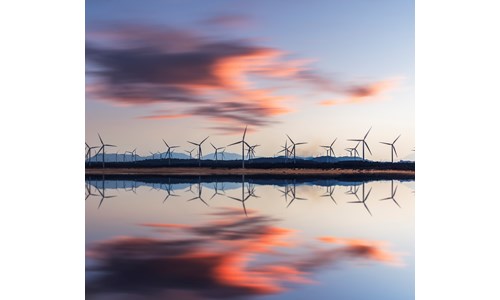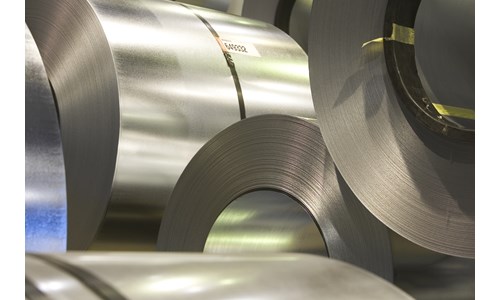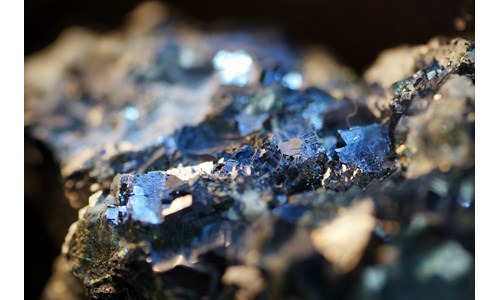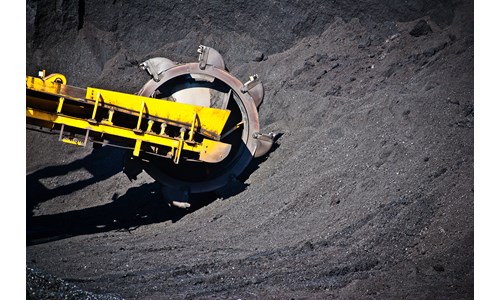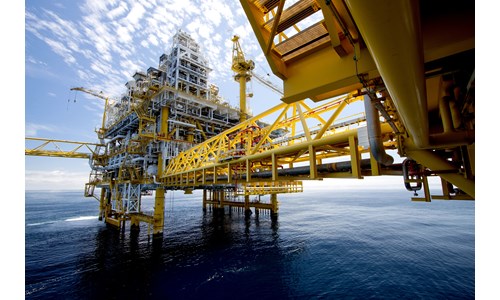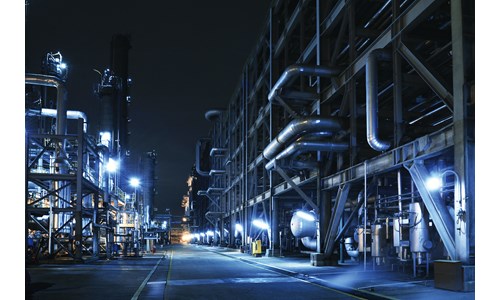The Inflation Reduction Act: can the US shift China from its battery supply chain?
*Please note that this report only includes an Excel data file if this is indicated in "What's included" below
Report summary
Table of contents
- The US looks to wean itself off China
- How to build an IRA-eligible EV
- Are the Clean Vehicle targets achievable?
- The carrot for producers – the Advanced Manufacturing Production Credit
- Cutting out China will be unrealistic for most models
Tables and charts
This report includes the following images and tables:
- Minimum proportions, by value, for IRA eligibility
- Raw material value content of NMC811 cells
- Raw material value content of LFP cells
- Wood Mackenzie’s base case forecast for regional supply compared with demand from US EVs in 2030
- Wood Mackenzie’s base case forecast for regional supply compared with demand from US EVs in 2030
What's included
This report contains:
Other reports you may be interested in
Charging the bottom line - the impact of the AMPC on battery raw materials
The US' Advanced Manufacturing Production Credit aims to boost battery raw material production, but fails to shift the needle for most.
$1,050A second Trump administration Part 2: A deep dive into energy and commodities
A deep dive into energy and commodities
$3,000Global cellmaker profiles
Cell producers have the ability to shape battery demand and battery raw material markets.
$1,050





